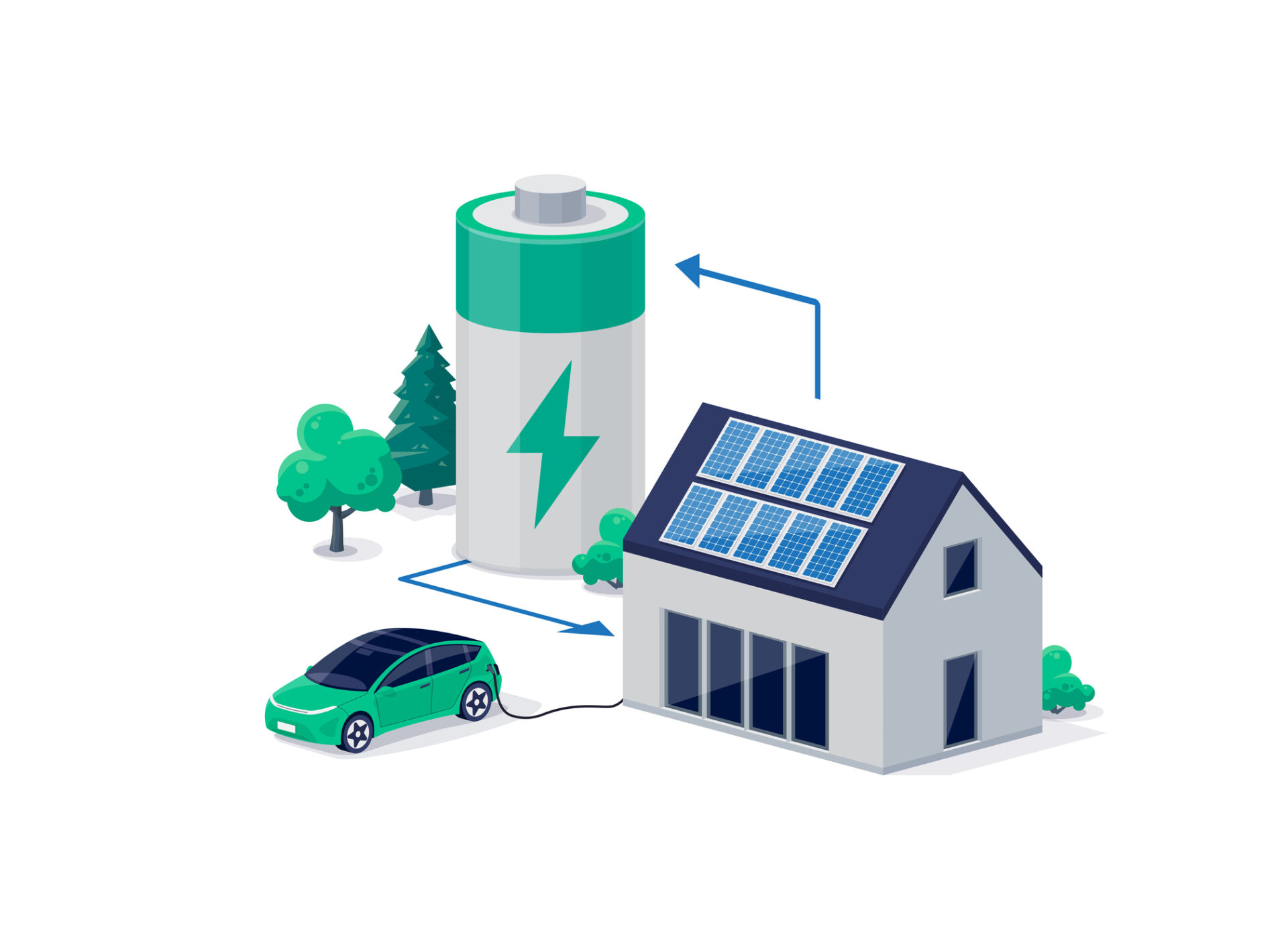As technology continues to advance, the demand for smart renewable energy solutions has seen a significant surge. Hybrid Inverter systems have gained immense popularity due to their energy efficiency and ability to power renewable energy production and storage. To cater to the evolving needs of our customers, we are thrilled to announce the integration of Deye inverter support into our MarkeDroid services.
What are Deye Inverters?
Deye inverters are cutting-edge devices that convert direct current (DC) power from solar panels or batteries into alternating current (AC) power. These inverters play a crucial role in maximizing energy usage, reducing electricity bills, and ensuring a sustainable energy future. Next Inverter vendors to follow soon.
The addition of Deye inverter support to our MarkeDroid services marks an exciting development in our commitment to offering cutting-edge solutions to our customers. With Deye’s advanced features and MarkeDroid’s intuitive interface, homeowners have fully automated their energy production, storage, reduce costs, and contribute to a greener environment.
MarkeDroid has introduced the virtual power plant artificial intelligence version 8, which is currently assisting our Home VPP customers in Estonia in maximizing the value of their solar park and battery. This algorithm utilizes machine learning to forecast daily load and generation plans at the household level, taking into account contractual prices (such as exchange rates, grid fees, margins, and taxes), battery charging and usage management, as well as energy purchases and sales coordination.
We have already implemented this forecast-based algorithm for several of our customers in Estonia. It allows for the direct feeding of excess solar and a portion of stored electricity into the grid during times when the feed-in value is higher and the grid requires more electricity. The total amount of solar being exported remains the same; only the timing of the export is shifted to periods with a greater feed-in value. The algorithm ensured that enough solar energy was available to fully charge the battery before the peak period.
Based on comprehensive live data analysis, it can be stated that the client’s daily plans generated by machine learning do not adhere to the conventional Excel spreadsheet calculations, as the variables and their weights at the decision moment are highly variable.
Key takeaways
- The battery enables a reduction in electricity costs throughout the year, 365 days.
- The cost-effectiveness of the battery decreases if it cannot guarantee at least 6 hours of daily consumption during winter or if the maximum restriction on sales prevents selling the battery within 3 hours of 75% capacity.
- For a house with an annual consumption of 10MWh, the optimal battery capacity is 10-20kWh.
- In the case of an electric vehicle, the capacity of the house battery should be 50-100% of the vehicle’s battery capacity.
Ride the energy market wave


No responses yet